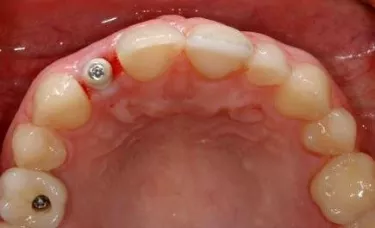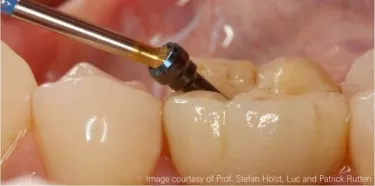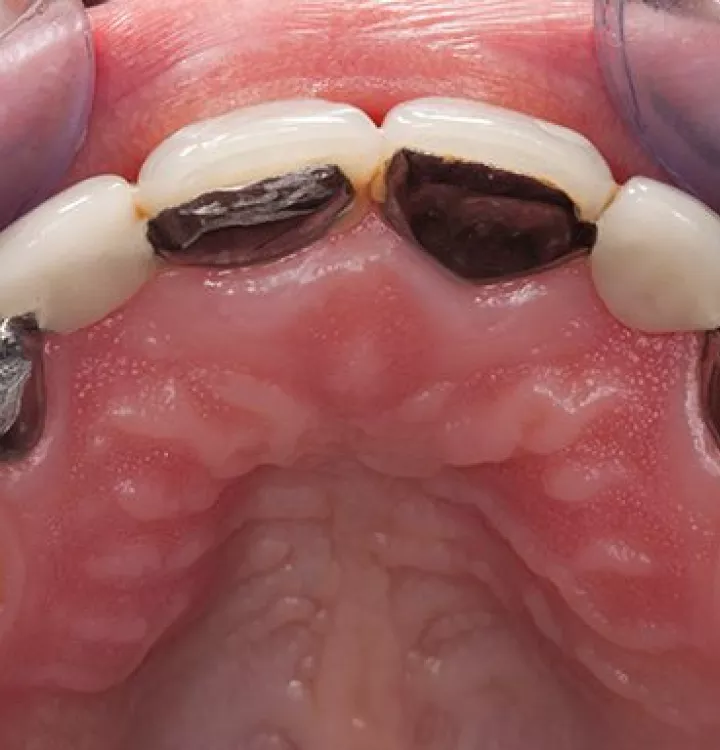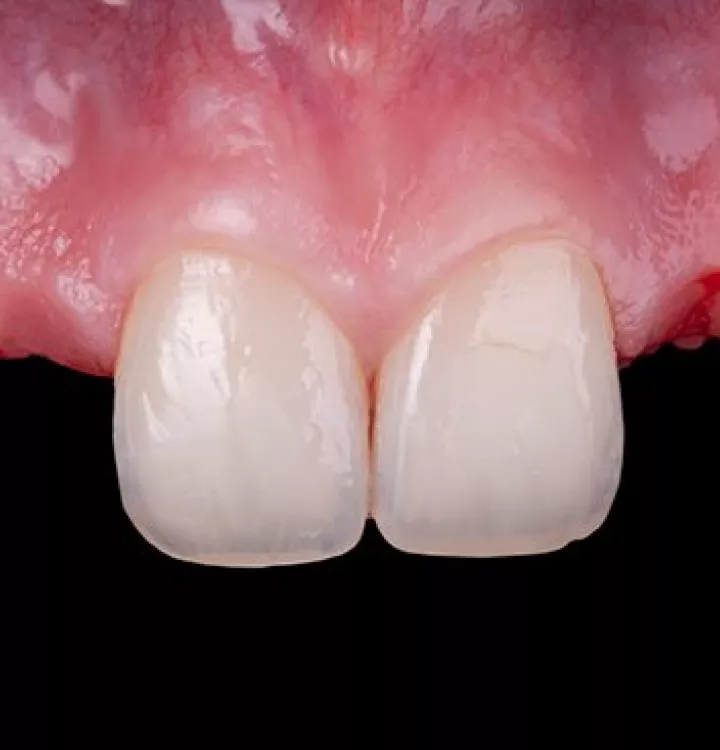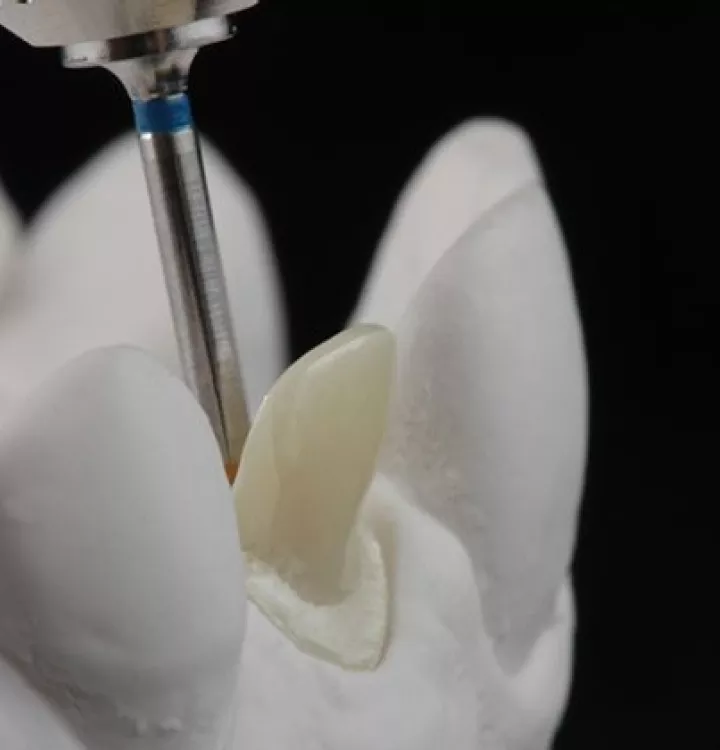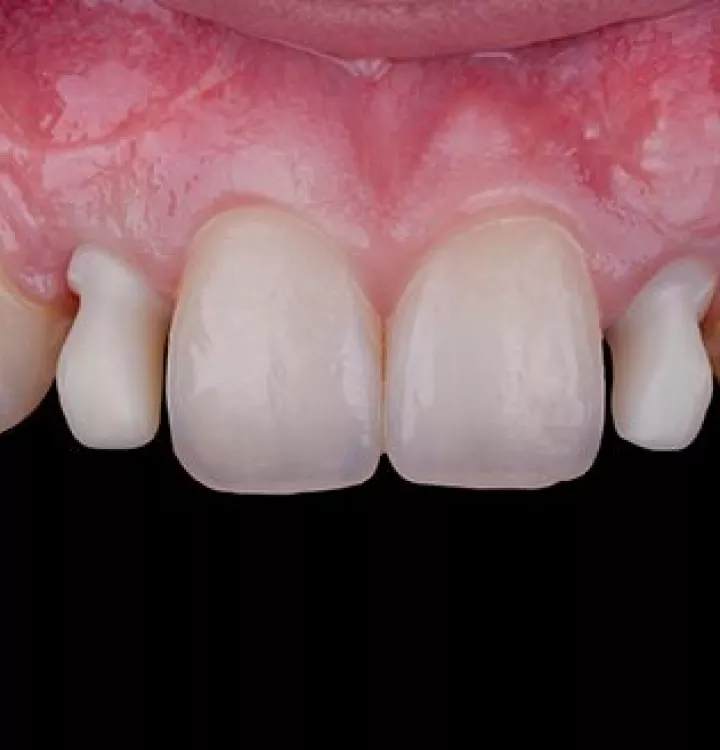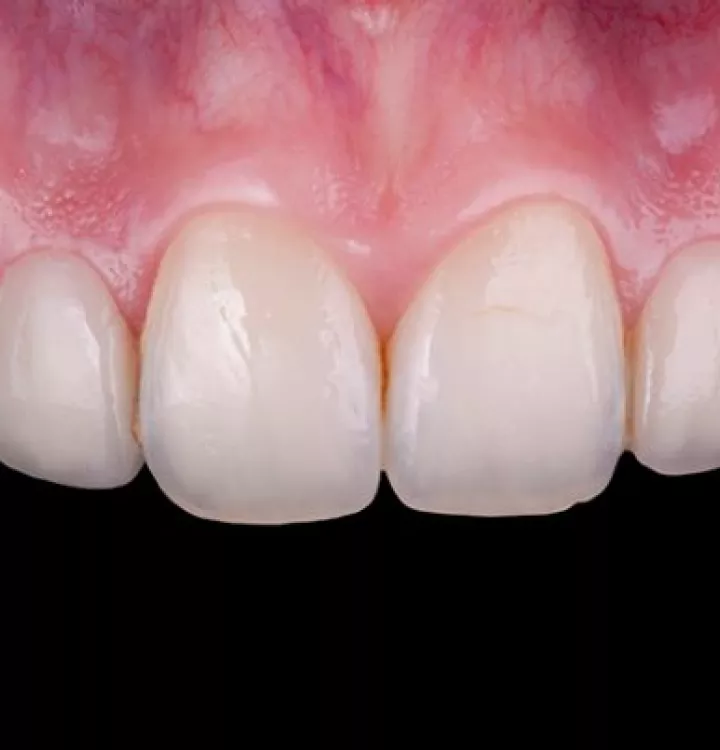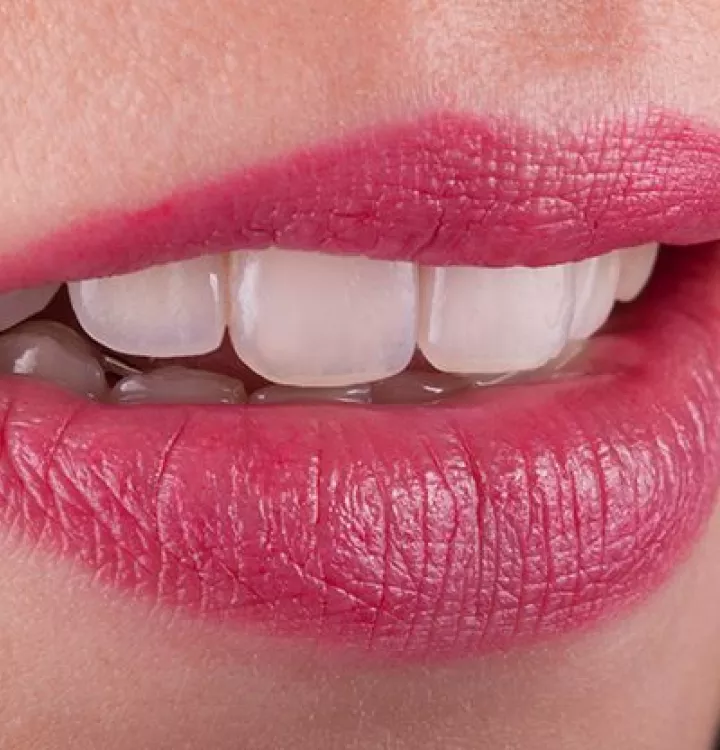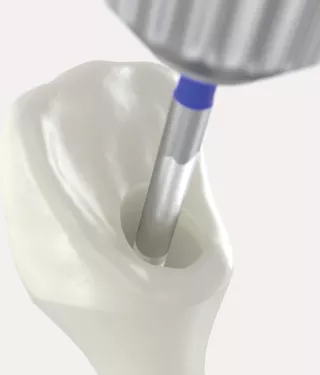
A guide to choosing between cement- and screw-retained restorations
Advantages and disadvantages of screw-retained and cement-retained implant crowns: a guide to help you in the decision making process.
Both screw- and cement-retained fixed dental restorations have their advantages and limitations. The clinical decision as to which type best suits the patient depends on several factors, such as the indication, retention provided, retrievability, esthetics and clinical performance (1). We’ve put together the following guide to help you in the decision making process.
Weighing the pros and cons
Cementation is the most commonly used restoration in dental implantology. Advantages include the compensation of improperly inclined implants, easier achievement of passive fit due to the cement layer between the abutment and reconstruction, lack of a screw access hole, and thus the presence of an intact occlusal table and easier control of occlusion.
Nonetheless, one major disadvantage is the difficulty of removing excess cement, which has been associated with the development of peri-implant mucositis and peri-implantitis.1,2
Screw-retained restorations on the other hand have the advantage of more predictable retrievability. They require a minimal amount of interocclusal space and are easier to remove when hygiene maintenance, repairs or surgical interventions are required. Additionally, angulated screw channel solutions have made screw-retained restorations available for a wide range of indications.
Making the right decision
In view of data connecting cement retention to an increased likelihood of peri-implantitis, both the consensus review paper published in 20143 and the latest systematic study (2017)4 have limited the recommended use of cement to the following situations:
– For short-span prostheses with margins at or above the mucosa level.
– For cases where an easier control of occlusion without an access hole is desired – for example with narrow diameter crowns.
Furthermore, they advise that any cementation procedure should be carried out with great caution. Screw retention is recommended where possible, especially:
In the presence of restricted interarch space (minimum 4 mm.).
– For fixed prostheses with a cantilever design.
– For long-span fixed prostheses.
– In the esthetic zone, for provisionalization of implants to enable soft tissue conditioning and finalization of the emergence and mucosal profile.
– When retrievability is desired.5
It is the clinician’s responsibility to select the most appropriate method of retention for each individual case.
Benefits of angulated screw channel solutions
An angulated screw channel provides the option to place the screw access hole anywhere between 0° to 25° in a 360° radius. This means you can restore most situations with a screw-retained restoration and remove known risks associated with excess cement.
What’s more, the angulation allows the use of screw-retained restorations in the esthetic zone by avoiding a buccal screw access point, and the metal adapter means it’s now possible to use zirconia implant restorations in the posterior.
In conclusion, which retention system is appropriate for the individual patient depends on a number of factors. The decision ultimately depends on the clinical situation and preference, as well as weighing the pros and cons.4
More to explore
References
1. Wittneben, J-G., Joda, T., Weber, H-P., & Brägger, U. (2017). Screw retained vs. cement retained implant-supported fixed dental prosthesis. Periodontology 2000, 73, 141-151.
2. Wittneben, J-G., Millen, C., & Brägger, U. (2014). Clinical performance of screw- verses cement-retained fixed implant-supported reconstructions – a systematic review. International Journal of Oral Maxillofacial Implants, 29, 84-98.
3. Wismeijer, D., et al. (2014). Consensus statements and recommended clinical procedures regarding restorative materials and techniques for implant dentistry. International Journal of Oral Maxillofacial Implants, 29, 137-140.
4. Wittneben, J-G., Joda, T., Weber, H-P., & Brägger, U. (2017). Screw retained vs. cement retained implant-supported fixed dental prosthesis. Periodontology 2000, 73, 141-151.
